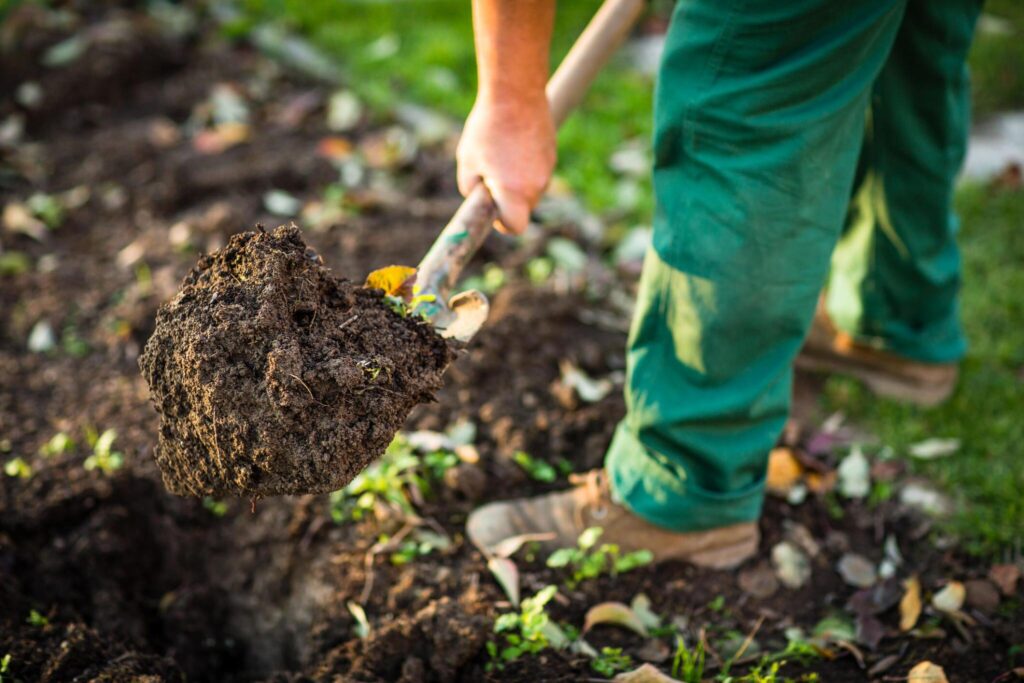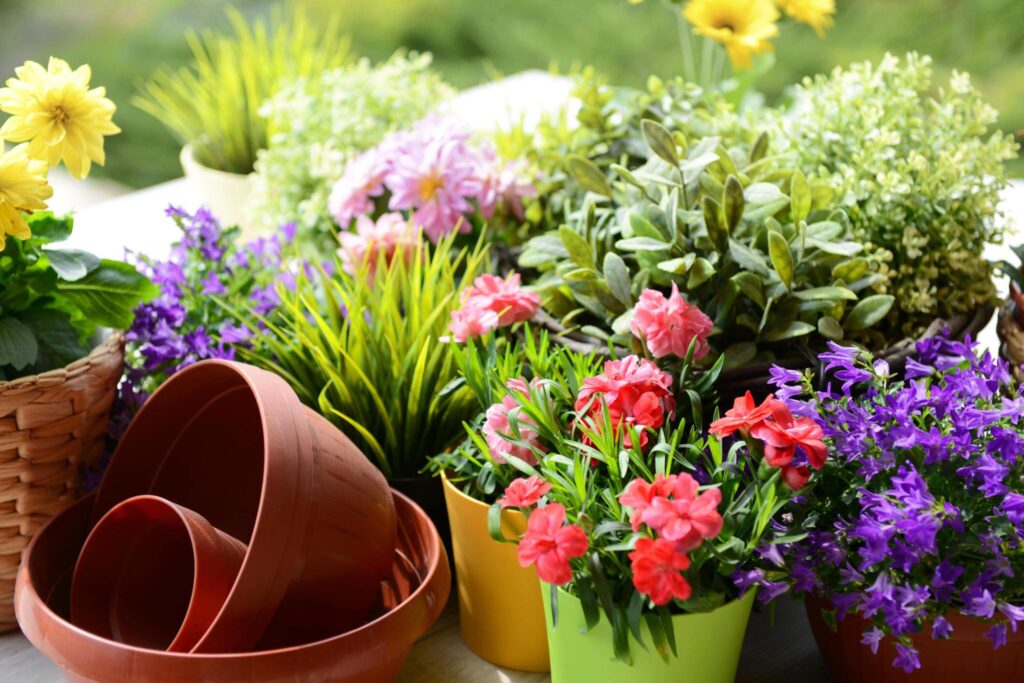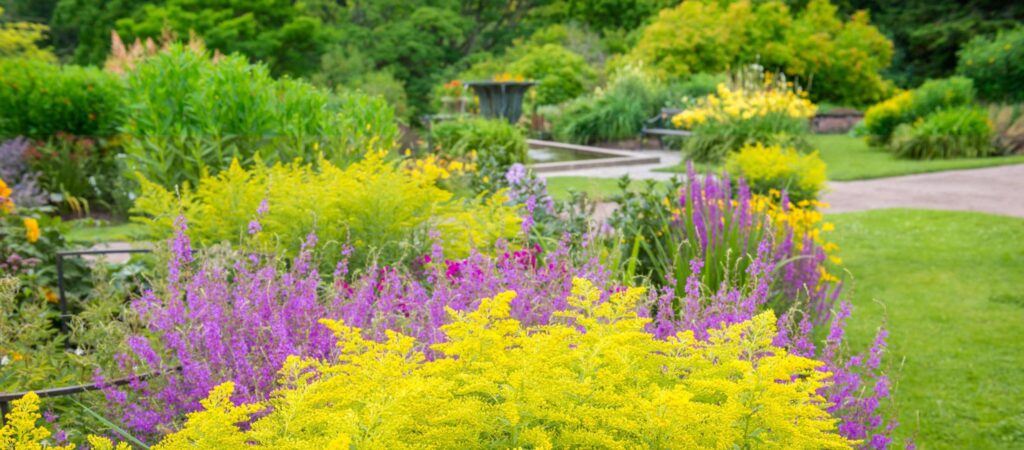
Landscaping is an art that can transform any outdoor space into a stunning oasis. However, without proper planning and knowledge, it’s easy to make mistakes that can hinder the beauty and functionality of your landscape. In this comprehensive guide, we’ll share valuable insights from an expert landscaper in Trumbull, CT, who has years of experience in creating breathtaking landscapes. By avoiding these eight landscaping mistakes, you’ll be on your way to achieving the outdoor paradise of your dreams.
One of the most crucial mistakes homeowners make when landscaping without the guidance of a skilled landscaper is disregarding their area’s unique climate and weather conditions. Trumbull, CT, has a distinct climate that undergoes seasonal variations, and different plants flourish in specific environments. Neglecting these factors makes it risky to select plants unsuitable for the local conditions, resulting in their decline or even death.
To avoid this mistake and ensure a successful landscape, there are several key steps you can take:

The health and vitality of your landscape heavily rely on the quality of the soil and its drainage capabilities, which a skilled landscaper can assess. Consider these factors to avoid detrimental consequences for your plants. Insufficient soil quality may require additional essential nutrients or suffer from an improper pH balance, impeding plant growth. Moreover, inadequate drainage can result in waterlogged soil, suffocating plant roots and triggering root rot.
To avoid this mistake and create an optimal growing environment for your plants, follow these steps:
A well-designed landscape incorporates various plants and includes focal points and visual interest to create a captivating outdoor space. Failing to include these elements can result in a landscape that lacks excitement and fails to engage the viewer.
To avoid this mistake and create a visually stunning landscape, consider the following steps:

When selecting plants for your landscape, it is crucial to consider the maintenance requirements, and a skilled landscaper can provide valuable guidance in this regard. While exotic plants may be visually appealing, they often demand extensive care and upkeep. If you lack the necessary resources, time, or expertise to dedicate to high-maintenance plants, it is wise to opt for low-maintenance alternatives that suit your lifestyle. By avoiding this oversight and seeking the advice of a skilled landscaper, you can create a landscape that is not only beautiful but also manageable in the long run.
To avoid the pitfalls of choosing high-maintenance plants, follow these guidelines:
Proper irrigation and watering, overseen by a skilled landscaper in Trumbull, CT, play a vital role in maintaining the health and vitality of your plants. Neglecting to account for these needs can result in wilted plants, stunted growth, and an overall lackluster landscape. To guarantee your plants receive sufficient water while promoting water conservation, it is crucial to avoid this widespread mistake.
To prevent the neglect of irrigation and watering needs, consider the following steps:

Regular inspections and pruning are vital for maintaining your landscape’s health, beauty, and overall well-being. Neglecting these essential tasks can result in overgrown plants, disease susceptibility, and an unkempt appearance. To avoid this mistake and ensure your landscape remains pristine, it is crucial to establish a schedule for inspections and pruning or seek guidance from a professional landscaper in Trumbull, CT.
Here’s how you can avoid the mistake of overlooking routine inspections and pruning:
Overcrowding plants in your landscape can harm their growth and create a more cohesive visual aesthetic. It is crucial to provide plants with sufficient space to thrive and achieve a balanced composition that enhances the overall beauty of your landscape.
Here’s how to avoid this mistake and create a harmonious outdoor environment, consider the following steps:

With the guidance of a skilled landscaper, recognize the importance of selecting the appropriate color scheme and texture combination when designing a visually appealing landscape. It is vital to avoid choosing clashing colors and textures, which can result in an uncoordinated and unappealing look.
To achieve a cohesive and pleasing aesthetic, consider implementing the following steps in collaboration with a skilled landscaper in Trumbull, CT:
Creating a breathtaking landscape requires careful planning, attention to detail, and avoiding common landscaping mistakes. By considering Trumbull, CT’s unique climate, assessing soil quality and drainage, incorporating focal points and visual interest, choosing low-maintenance plants, addressing irrigation needs, scheduling inspections and pruning, avoiding overcrowding, and selecting harmonious colors and textures, you can transform your outdoor space into a captivating oasis.
To achieve the best results and ensure a successful landscape, collaborate with Trumbull Expert Landscapers. With our expertise in plant selection, design, installation, and maintenance, we will provide tailored solutions to meet your needs. By working with us, you can achieve the landscape of your dreams while maximizing its beauty, functionality, and value.
Don’t let landscaping mistakes hinder your landscape’s potential. Contact us today and create a stunning outdoor haven you’ll enjoy for years. Your dream landscape is just a phone call away!
